National Day, celebrated on October 1st every year, is one of the most important festivals in China. It marks the founding of the People's Republic of China and is a time for people across the country to celebrate.
Introduction to National Day:

On National Day, people typically enjoy a week-long holiday, during which they travel, visit relatives, and participate in various celebratory activities. The holiday is characterized by patriotic displays, including flag-raising ceremonies, fireworks, and cultural performances.
Historical Significance:
National Day commemorates the founding of the People's Republic of China in 1949, following the victory of the Chinese Communist Party in the Chinese Civil War. It represents the unity and strength of the Chinese nation and its people.
Celebratory Activities:
During National Day celebrations, cities and towns across China are adorned with flags, banners, and other decorations in red and yellow, the colors of the national flag. People gather in public squares to watch flag-raising ceremonies and enjoy performances showcasing Chinese culture.
Travel and Tourism:
National Day is also a popular time for travel, with millions of people taking advantage of the holiday to visit tourist destinations both domestically and abroad. Popular tourist spots often see large crowds during this time.
Family Reunions:
Like many other holidays in China, National Day is a time for families to come together. Many people use the holiday as an opportunity to visit relatives, share meals, and bond with loved ones.
Reflection and Celebration:
National Day is not only a time for celebration but also a time for reflection on the achievements of the past and aspirations for the future. It serves as a reminder of the sacrifices made by previous generations and the importance of unity and patriotism.
春节的英语作文
Introduction to the Spring Festival:
The Spring Festival, also known as Chinese New Year, is the most important traditional festival in China. It is celebrated on the first day of the lunar calendar, typically falling between late January and mid-February.
Symbolism and Traditions:
The Spring Festival is a time for family reunions, feasting, and cultural traditions. People clean their homes to sweep away bad luck and make way for good fortune. Red decorations are hung to symbolize luck and prosperity.
New Year's Eve Dinner:
On the eve of the Spring Festival, families gather for a lavish reunion dinner known as "Nianyefan." This meal typically includes a variety of traditional dishes, each with its own symbolic meaning.
Fireworks and Dragon Dances:
Fireworks and firecrackers are set off at midnight to ward off evil spirits and welcome the new year with joyous noise. Dragon and lion dances are performed in streets and public squares, accompanied by drums and gongs.
Red Envelopes and Gifts:
During the Spring Festival, adults give children red envelopes filled with money as a symbol of good luck and prosperity for the coming year. Exchanging gifts and visiting friends and relatives are also common customs.
Temple Fairs and Festivities:
Throughout the Spring Festival period, temple fairs are held in cities and towns across China, featuring performances, games, and traditional arts and crafts. These fairs are a popular destination for both locals and tourists.
Reflection and Renewal:
The Spring Festival is not only a time for celebration but also a time for reflection on the past year and setting intentions for the year ahead. It is a time to appreciate family, cherish traditions, and look forward to new beginnings.







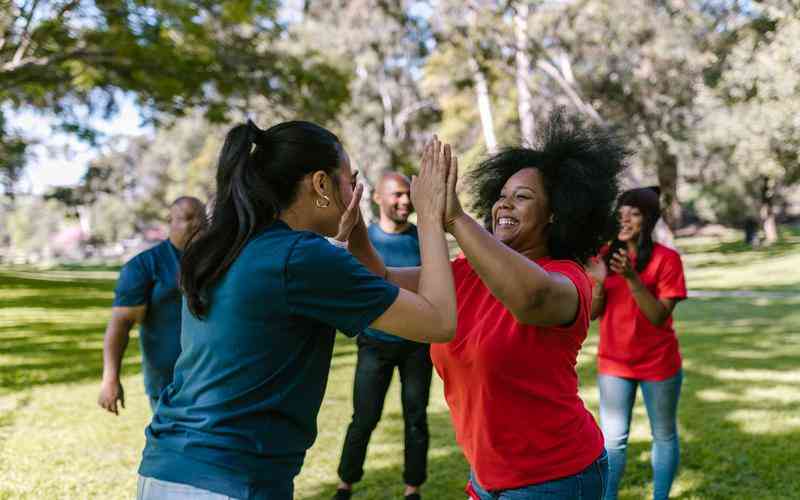
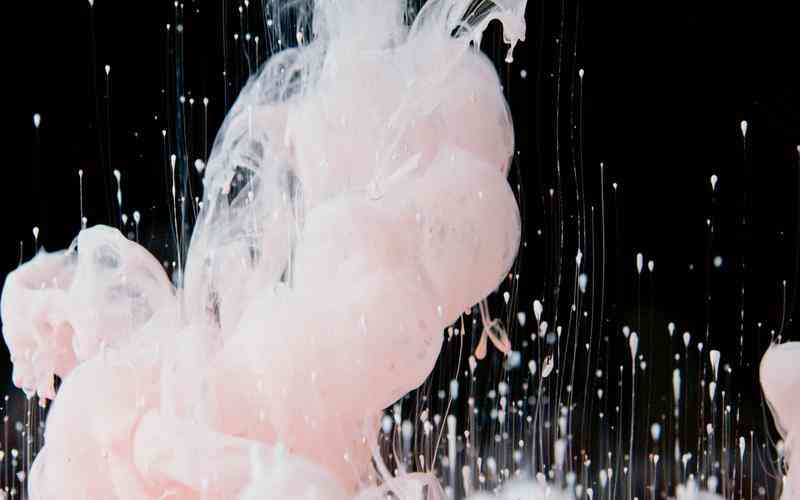


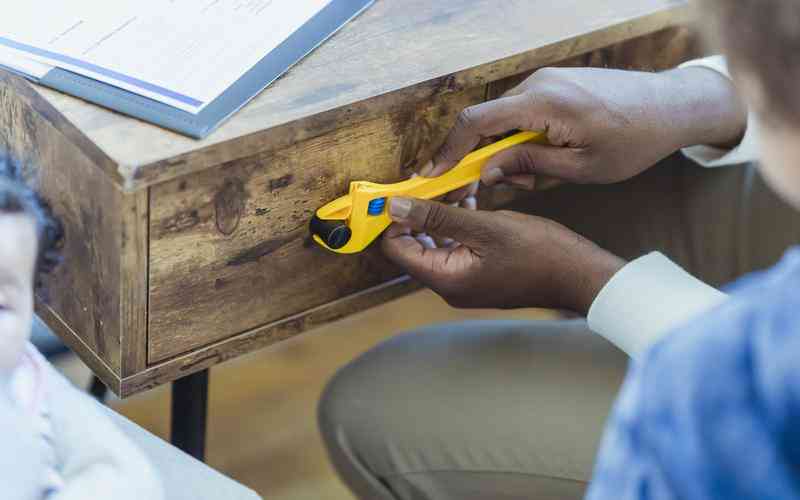
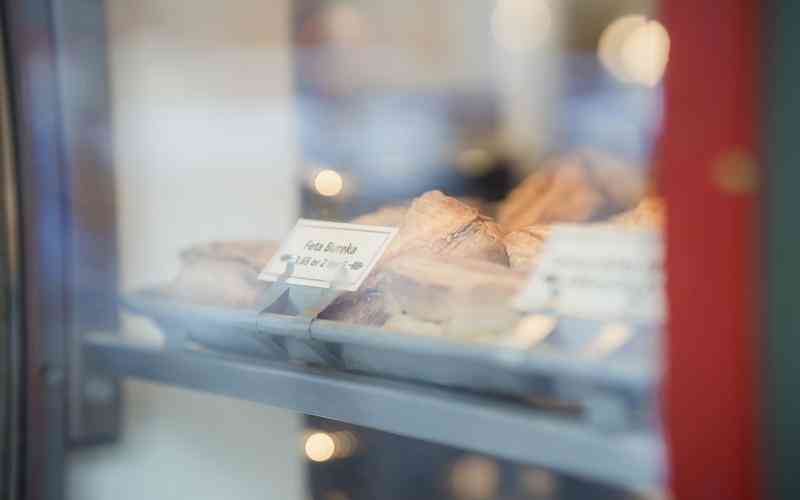






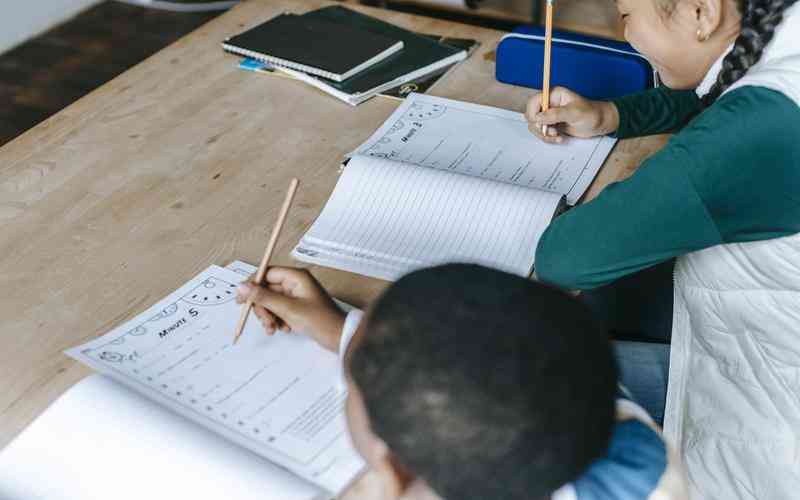

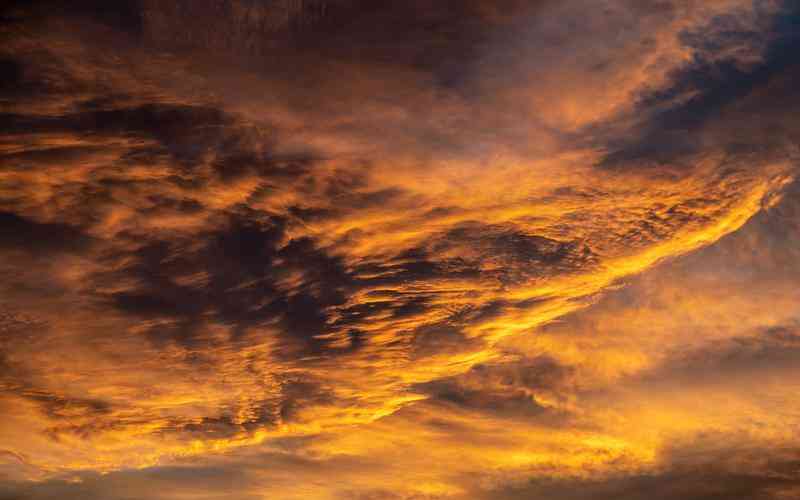


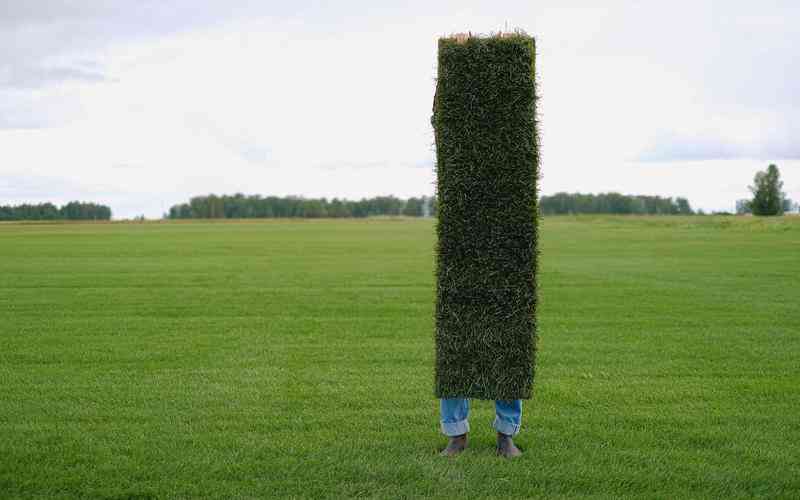

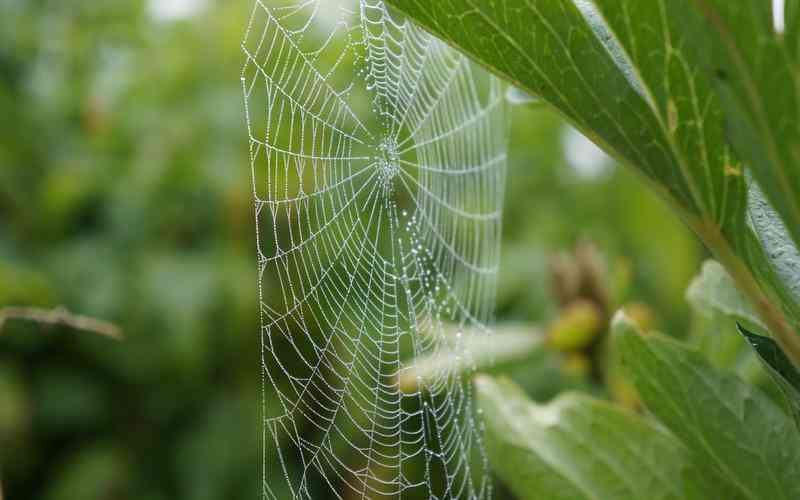



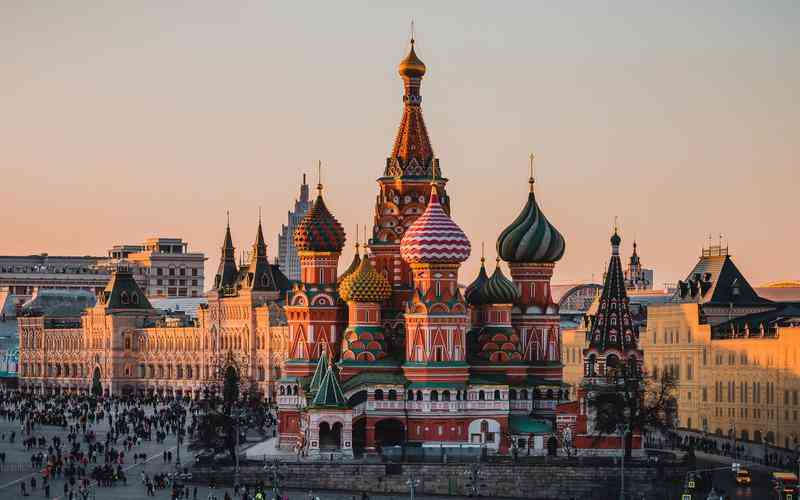
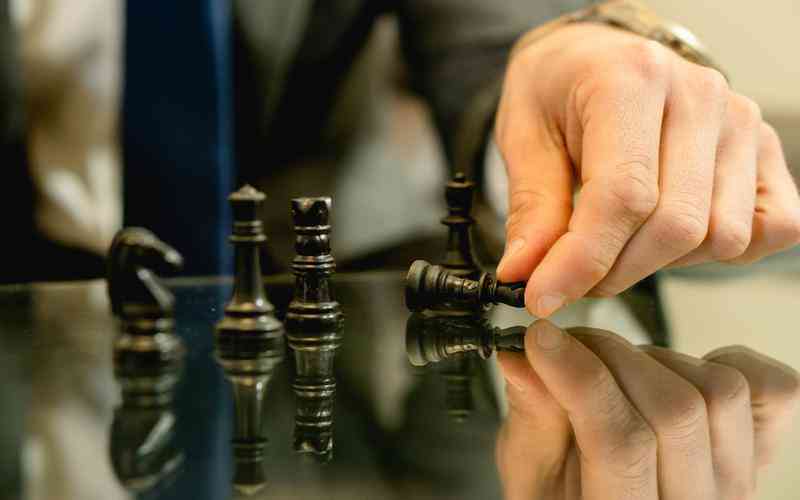







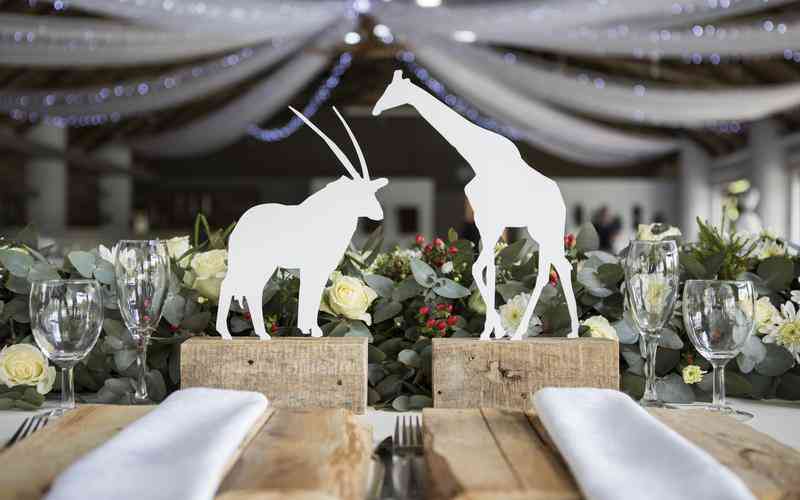








推荐文章
国庆作文300字左右小学生;写景作文500字
2024-05-24热闹的国庆节作文开头 热闹的大街作文
2024-06-11与国庆有关的作文500字_350字作文
2024-06-14假期趣事作文500字国庆节、假期趣事的作文
2024-05-25国庆节见闻作文450字左右 春节见闻作文500字左右
2024-05-18《我学会了一一》作文 做家务的作文
2024-06-10小学生作文《中秋节》-中秋节都吃什么
2024-06-16初中国庆节优秀作文600字_初中优秀作文大全精选
2024-05-16以国庆为话题作文600字 我的家乡作文300字
2024-06-03国庆节的作文400个字(春节被列为联合国假日作文)
2024-06-20